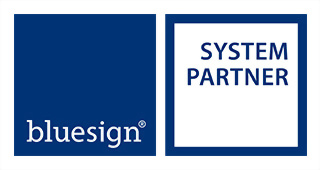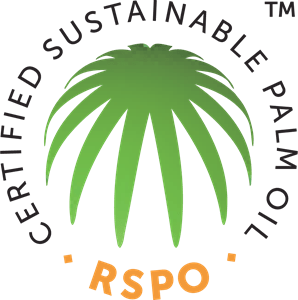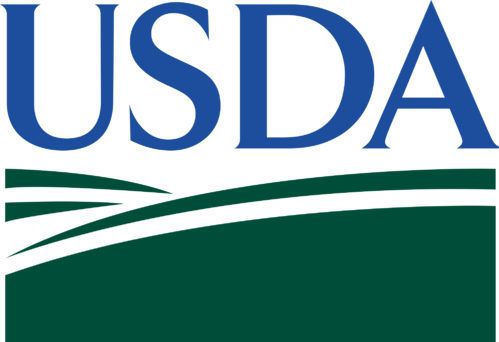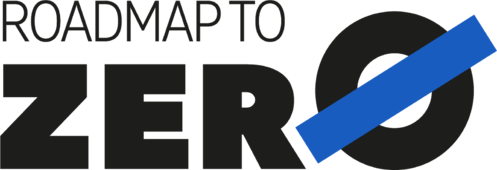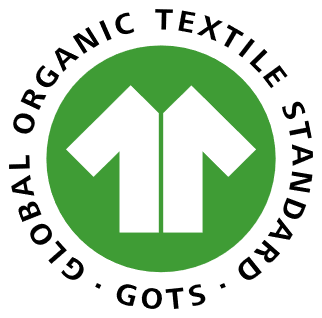bluesign
bluesign®
JINTEX - An Excellent Advocate for bluesign®
As a pioneer in green chemicals,
JINTEX consistently takes responsibility for environmental protection and
consumer well-being, placing ecological footprint as a top priority.
Being the first bluesign® System Partner in Asia for specialty chemical manufacturing, JINTEX has more
than 270 products certified at the highest level of bluesign ®, proving
that their commitment to product quality is inseparable from their dedication
to sustainability and environmental protection. This makes them the ideal
advocate for customers and consumers.
What is the bluesign®?
The bluesign®standard is a
new-generation ecological and environmental standard jointly developed by
representatives from the EU's academic, industrial, environmental protection,
and consumer organizations. It was publicly introduced on October 17, 2000, in
Hanover, Germany, by bluesign® Technologies AG, headquartered in St.
Gallen, Switzerland. Brands and products bearing the bluesign® authorized trademark indicate that both their processes and products meet
ecological, health, and safety (Environment, Health, Safety; EHS) criteria,
offering the latest global standard in environmental regulations and a
guarantee of safe use for consumers.
While many environmental standards
test the final products, bluesign® takes the opposite approach by
evaluating ingredients and processes before production begins. The concept
behind this standard design is to prohibit the use of hazardous substances from
the very start. The idea is that if the product's components are free from
dangerous substances, the final product will undoubtedly be clean and safe.
bluesign® standard is mainly based on the following five principles:
- Production resources
Commitment to using minimal resources to optimize quality and product value while minimizing the impact on the environment.
- Consumer safety
Consumer safety means ensuring that textiles are not only of high quality but also harmless to health. Sustainable principles must be upheld throughout the production process.
- Gas emissions
Throughout the entire production process, strict control limits for emissions are to be adhered to. This includes using low-emission components, optimizing energy usage, and reducing carbon dioxide emissions.
- Water emissions
The goal for water emissions is to release purified water into the natural cycle, minimizing pollution to rivers, lakes, and oceans. Achieving this goal involves using environmentally friendly components and optimizing production and wastewater treatment processes.
- Occupational health and safety
This pertains to the health and safety of textile industry employees. It means that it's possible to test and improve potential local defects in accordance with regulations.
Relevant information: https://www.bluesign.com/en/


